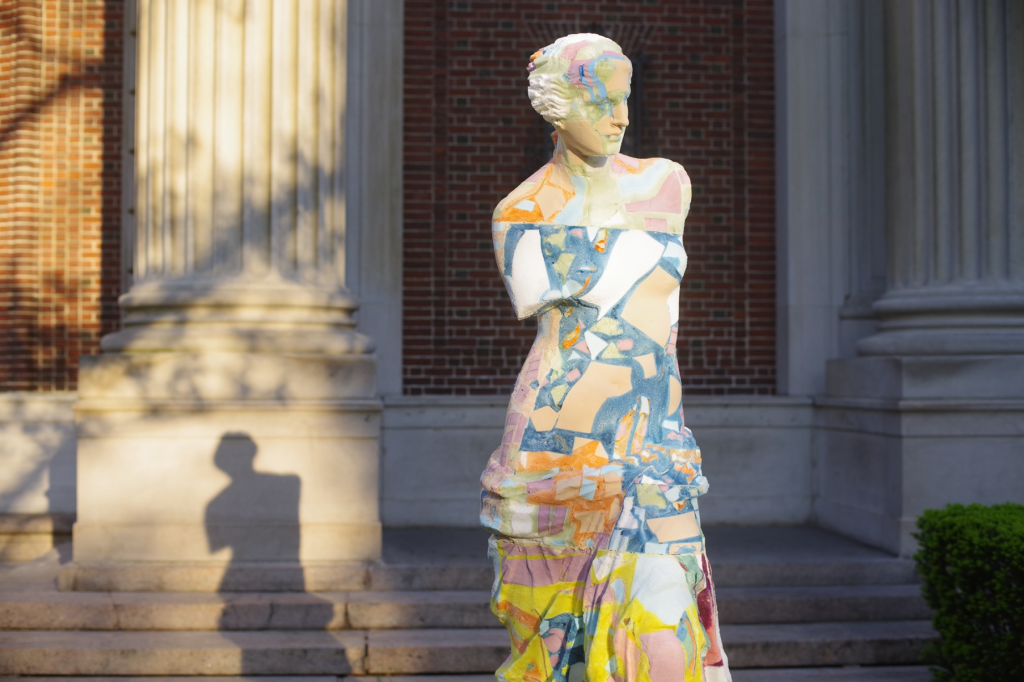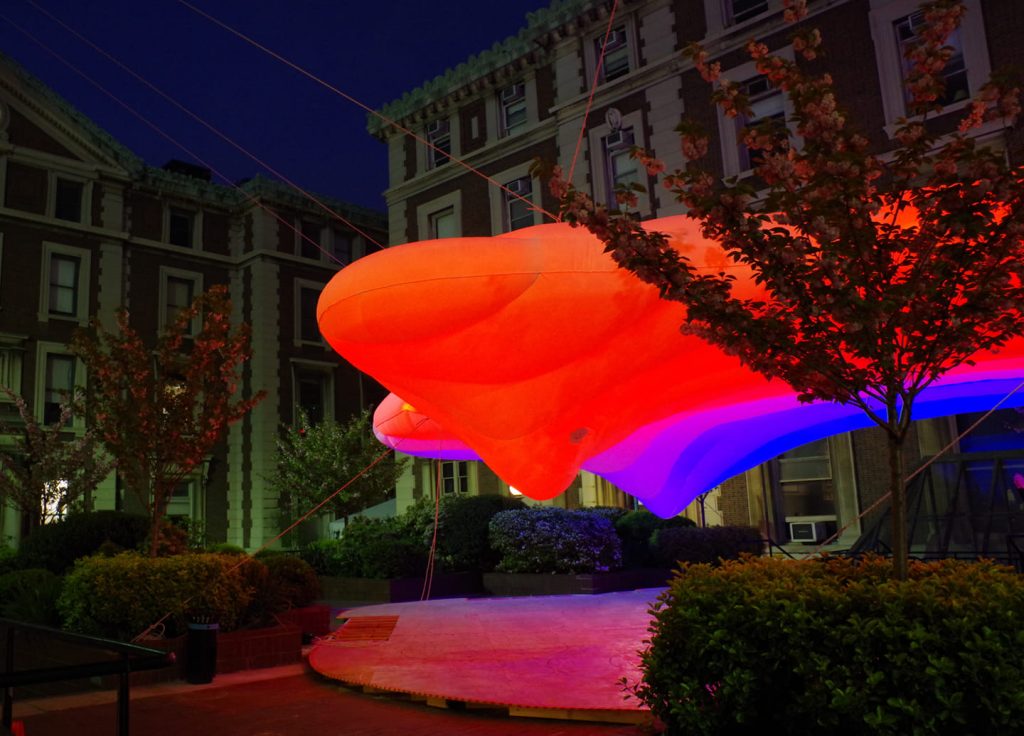This is a quick highlight of some personal projects and fabrications from outside Swarthmore, that have informed my perspective on making that I bring here, as the manger of a makerspace. Just as I wonder what the chef cooks at home, you too should see what goes on in my own little design world.
First, I will emphasize my perspective that I believe assisting others with building things is a critical form of making, itself. I find that I am often my most creative when freed from the pressure of inventiveness, novelty, or authorship. This is one of the joys of working in a space that blends art and engineering, since those two disciplines often speak about creativity very differently.
And indeed, being an editor is an important form of practice. I was profoundly affected by an undergrad literature professor who, like me, was an awkward and aspiring young creative (a handful of years older). He wanted to be a poet, but in his mid-twenties realized he was “bad” at it (I never got to sample his work to assess). However, he realized his talent and insight was most powerful when editing others’ work, and only realized this was a role as his life and career advanced. He’s now an author, editor, and successful academic administrator (who writes about the subject).
This is all to say, collaboration is profoundly important, and sometimes being the editor is the primary job. There a few projects I’ve built, guided, or collaborated on that really frame my approach.
1. Venus in Foams

This project grew out of an exasperation with the wasteful nature of deadline-driven model making for architecture, and an abundance of discarded foam.
I worked with two students to create a workflow that reused trash foam (and some other oddball discards) in large molds, with a binder of flotation foam that congealed everything together. What we ended up with was a kind of fruitcake terrazzo agglomerate that was a collage of the different colors of the discarded material. In what is usually a wasteful CNC process, we recycled 100% of material offcuts back into the next mold.
We also learned, by working with a scan of the Venus de Milo statue, that she’s 7’1″ tall!
2. The Blob

This project was an outdoor pavilion designed by students and fabricated (the inflatable part) by a builder in Spain. I helped with the geometry and oversaw construction and setup.
This project taught me how essential people and action are to the life and meaning of a built space. The colorful blob photographed well, but it was not until we saw the public swarm the space that we realized what it was and what it was for. It hosted organized events, rallies, spontaneous dance parties, and best of all was an unexpected marvel that enticed strangers to divert their path and wander in at all hours.
3. Transitional Geometries

This is student work from a course I designed for graduate architecture students. We studied tiles and tessellations and then constructed 3D systems with multiple configurations from them.
The key takeaway from this project for me is the importance of “tools that make tools.” Since our focus was on moldmaking and casting to replicate things, it took the focus off any one technique or tool and encouraged a mindset which saw everything in a makerspace as potential parts of a process. The emphasis on the mold helped highlight the power of designing a process rather than a product.
These are just a few of the many types of student projects that might come through an academic makerspace, from coursework to extracurriculars to public projects. We look forward to a new year of projects to teach us what we can learn in a makerspace!

